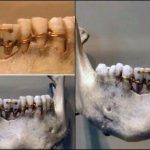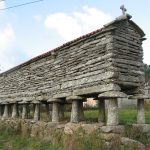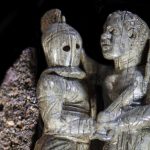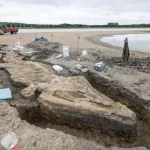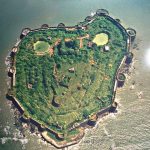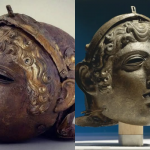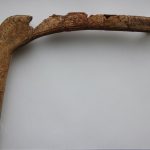A 225-million-year-old petrified tree trunk, transformed into opal.
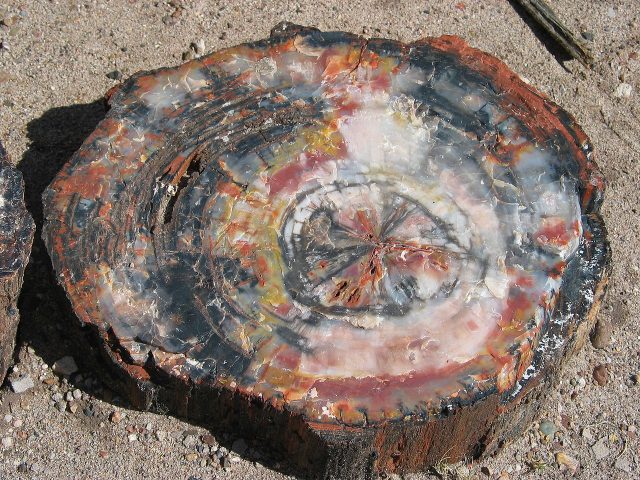
When we think of Arizona, we often picture vast deserts, dry winds, and sun-scorched plains—the quintessential backdrop of countless Hollywood westerns. This American state has long symbolized rugged independence and frontier ambition, once attracting hopeful silver miners and dreamers seeking opportunity. But few realize that beneath Arizona’s arid modern exterior lies a stunning secret: millions of years ago, this land was a lush subtropical forest, teeming with life.
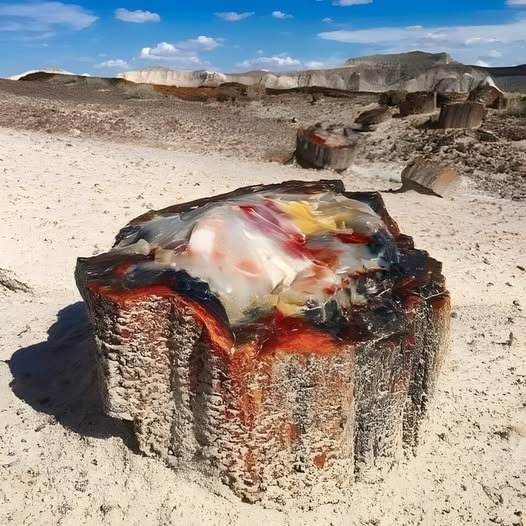
Today, that ancient world is preserved in the Petrified Forest National Park, located in the northeastern part of the state. Spanning nearly 150 square miles and rising more than 5,000 feet above sea level, the park is one of the world’s largest and most famous sites for petrified wood. Though its current landscape is dominated by grasses and cacti, its past tells a different story—one rooted in a warm, forested ecosystem that flourished some 225 million years ago during the Late Triassic period.

Back then, Arizona lay near the edge of an ancient sea and was regularly affected by volcanic activity. Ash from nearby eruptions blanketed the region, introducing silica-rich materials into the groundwater. As water levels changed and trees toppled into swampy terrain, they became buried in thick, wet sediment. This lack of air and decay-causing organisms allowed the wood to undergo a slow, remarkable transformation.
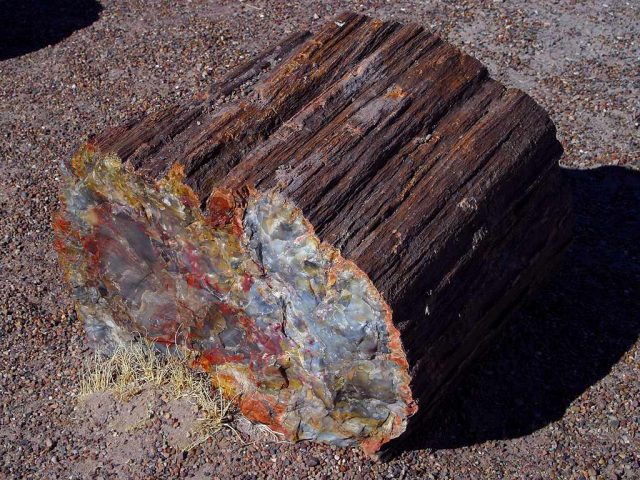
Through a process known as capillary attraction, silica-laden water seeped into the buried wood. Over millennia, the original organic matter was replaced by minerals like silica, pyrite (often called “Fool’s Gold”), and eventually quartz. In some cases, this transformation resulted in something truly dazzling—opal forming within the fossilized tree trunks. One such opal-filled trunk was discovered in March 2020, a rare and beautiful example of nature’s hidden artistry.

The result is a forest frozen in time, where trees have become stone, their interiors shimmering with vivid hues shaped by minerals—reds, purples, yellows, and blues. Scientists continue to study these specimens to better understand prehistoric ecosystems. But the Petrified Forest doesn’t only preserve ancient wood. Fossils of dinosaurs, reptiles, snails, and even crocodiles have been unearthed here, painting a detailed picture of the area’s once-thriving biodiversity.
Today, the Petrified Forest National Park is not only a treasure trove for researchers but also a breathtaking destination for visitors. It offers a tangible link to Earth’s deep past and reminds us that the landscapes we know are never static. Through natural processes of decay, transformation, and mineralization, the world changes—quietly, relentlessly, and beautifully.
Whether you’re a scientist seeking knowledge or a traveler in search of wonder, the petrified forest stands as a testament to nature’s power to preserve, reshape, and awe. It is a silent storyteller of a world long gone, and a brilliant example of how time can turn wood into stone—and history into art.

